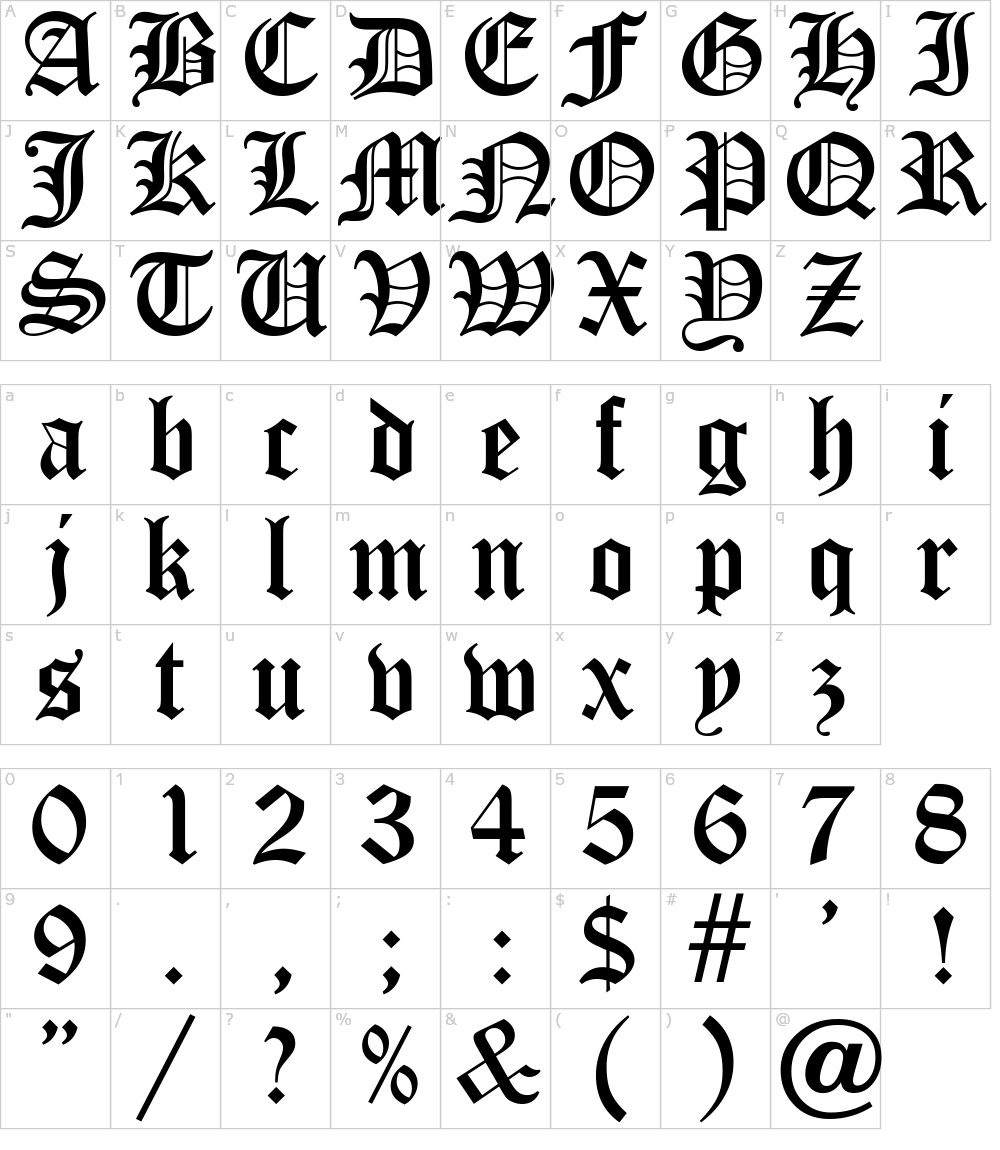

Is Blackletter Unreadable?įor hundreds of years English was written and read in blackletter. My purpose here is to examine some failed attempts at creating economy, or furthering the cause of legibility. For this reason, rather dull typefaces (like Times Roman), come to dominate our graphic landscape. You may find Centaur elegant, but others will find the spiky serifs distracting. So we do not necessarily respond to “beautiful” type. Licko was paraphrasing Sir Cyril Burt who wrote, “almost everyone reads most easily matter set up in the style and size to which he has become habituated.” ( A Psychological Study of Typography, Cambridge, 1959, p. Kurt Schwitters’ “Systemschrift”, an attempt at developing a phoenetic alphabet. But in order for it to work, massive re-education would be required. His “optophoenetic” approach was to make the shapes of the letters more accurately reflect how they sounded. Our writing, which is derived from either Roman or Gothic forms (and sometimes both), is historic and non-systematic, said Schwitters.

Thus, radical innovations like Kurt Schwitters’ Systemschrift, (a phoenetic alphabet from 1927), are doomed to fail.

The paradigm shift-wrought by the personal computer, Postscript and desktop publishing-should have had a massive impact on the shapes of our typographic characters, just as the advances of the World Wide Web further changed the way we viewed words (even though letterforms change at the pace of the most conservative reader). When Typography Speaks Louder Than Words.Hands On The Sigmund Freud Typeface: Making A Font.It was written in defense of her typefaces, whose elemental shapes-designed with the strictures of the early HP laser printer in mind-challenged the commonly held notions of what made typefaces legible. This quote was used as a type specimen in Emigre magazine in the late 1980’s by Zuzana Licko. It has been said that “we read best what we read most”. It was written in defense of her typefaces, whose elemental shapes-designed with the strictures of the early HP laser printer in mind-challenged the commonly held notions of what made typefaces legible.įirst a question (or perhaps a Freudian jab at your subconscious): What does this shape represent?Ĭould it be a trowel, a duck, an ornamental motif, or a seed-pod? I know, Aladdin’s Lamp! What if I told you it was an alphabetic character? What alphabet would you assign to it? Cham? Telugu? Perhaps it has the cursive quality of South Asian letterforms, created on bamboo strips (or palm leaves) and written with the pen held in one’s fist… doesn’t it?


 0 kommentar(er)
0 kommentar(er)
